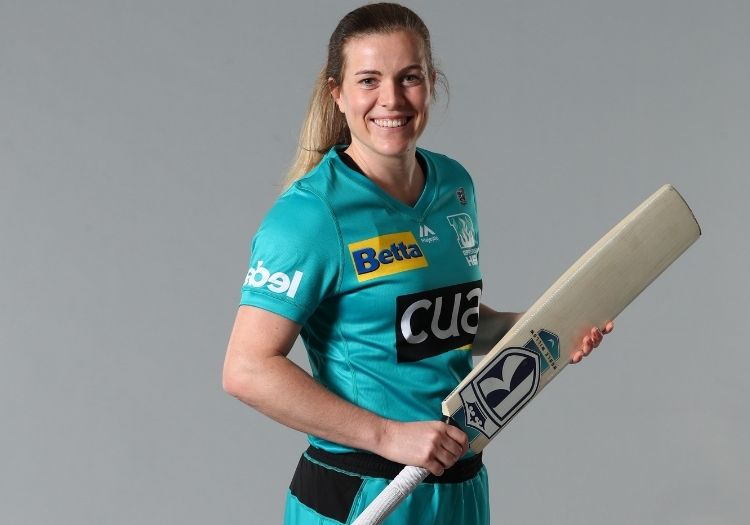When I mentioned to my housemate that I had been reading up on a new format of cricket starting in the UK called ‘The Hundred,’ he was intrigued.
“What’s that? The first team to 100 wins?” he asked.
“No, its 100 balls per team,” I replied.
“What’s the point? It’s basically the same as t20. My idea is better.”
To clarify, Matthew has been to one game of cricket in his life and doesn’t particularly like the sport. So, in essence, he typifies the ECB’s target market for The Hundred. Much maligned since its soft launch in 2018, the family friendly, action-packed entertainment product is designed to make cricket more appealing to people like him. Dragging English cricket from its increasingly “niche” and “stale” slumber, The Hundred is proud to be a game for everyone. Set to be broadcast on free-to-air television, (cricket in the UK has been behind Sky’s paywall since 2005) it markets itself as “unmissable” “edge of your seat” entertainment, where “everyone is welcome.”
Hugely divisive, many of the game’s traditionalists feel that the latter of those claims couldn’t be further from the truth. A format that ostensibly undercuts the ECB’s own domestic 50-over competition and overshadows a hitherto successful innovation – the Vitality Blast – it has been given pride of place in the English summer. Writing for Cricinfo, George Dobell suggests the city-based teams are like “parasites feeding on the players and supporters that the county game has produced.” In that sense, The Hundred is not for everyone, instead leaving existing supporters ostracised in favour of a newer, younger audience.
Indeed, The Hundred – with its myriad intricacies and diversions from the traditional – might have left many wondering what is happening to the game. It’s over for overs and for a moment there, the transition to baseball was nigh-on complete, as outs were set to replace wickets. That said, the format is the product of laudable intentions. The ECB is desperate to re-invigorate the game; in 2016, ECB Chairman Colin Graves spoke of leveraging domestic short form cricket to “encourage more young people to play.” More than that, England has become something of a microcosm for cricket’s broader shift to the short form, as interest in the longer form county cricket has continued to diminish. Additionally, the shorter 100 ball format means it can be crammed into a narrower TV window – domestic cricket is back on BBC for the first time this century.

2013 Bradman Scholar, Georgia Redmayne will represent the Welsh Fire in the inaugural edition of The Hundred
Crucially, The Hundred facilitates the publicity and broadcast of Women’s cricket in the UK. Irrefutably beneficial for the growth of the game, its importance was headlined by the decision to open the competition with a standalone women’s fixture on Wednesday night. Granted, the ECB disbanded the Kia Super League in 2019, but The Hundred, with its primary focus to engage a younger audience, will play an important role in promoting opportunity in women’s cricket.
Happily for the prospects of The Hundred, its FTA coverage will be headlined by Isa Guha. A wonderful commentator and fine cricketer in her own right, she too, notes that there is a balance to be struck in the coming months. “You don’t want to offend cricket traditionalists,” she said. “But at the same time, you’re trying to bring in a new audience.”
Striking that balance will be crucial, as The Hundred really is a seminal moment for both the ECB and cricket in the UK more broadly. Should it thrive, the ECB might well have developed a trademark that can be exported and developed around the world.

Cricket's traditionalists have been challenged before...
Of course, this isn’t the first time that bright colours, shortened formats and deep pockets have changed the game. When Kerry Packer stormed onto the scene in the late 70’s, his innovation was bemoaned a “circus.” Even with the best players in the world, WSC struggled at first, before the quality of the cricket – and indeed the product – drew crowds, support and changed the game for the better.
In November 1978, when 50,000 fans packed into the SCG under lights, WSC became a success. In that moment, publicity director, Bill Macartney asked ticket manager, Bruce McDonald what he thought of the crowd.
“After all the hype and publicity, I would have been disappointed with anything less,” McDonald replied.
Boasting impressive domestic and international talent (COVID notwithstanding), The Hundred, as with WSC will be flush with quality cricket. Like Packer, the ECB has taken a punt and marketed their new product to the nth degree. They will be hoping for commensurate support both in-person and on screen.
Join the cricket network to promote your business and expertise. Make it easy for people to search and find the people and services they need through people they know and trust.
Join the network







